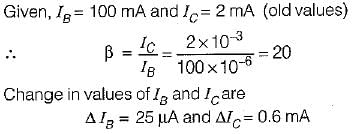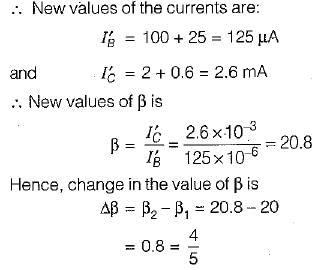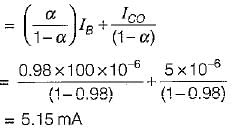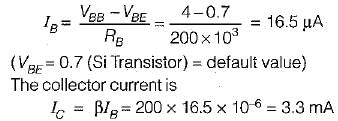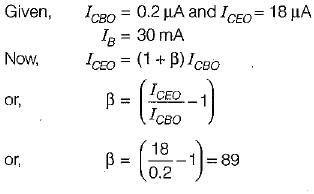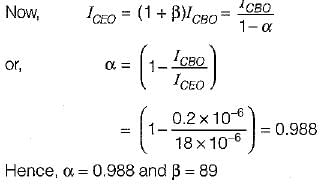Test: BJT Characteristics & Biasing - 1 - Electronics and Communication Engineering (ECE) MCQ
10 Questions MCQ Test - Test: BJT Characteristics & Biasing - 1
In a transitor, the value of α is 0.97. The value of current gain of common emitter configuration is
A transistor has IB = 100 μA and IC = 2 mA. If IB changes by 25 μA and IC changes by 0.6 mA, the Changes in the value of β Would be
For a transistor having α = 0.98, ICBO = 5 μA and IB = 100 μA. The value of IC is
For the circuit shown below, the collector to emitter voltage is
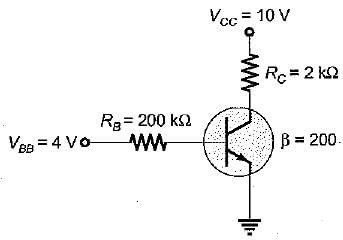
The reverse leakage current of the transistor when connected in CB configuration is 0.2 μA and it is 18 μA when the same transistor is connected in CE configuration. The value of α and β of the transistor for a base current of 30 mA will be respectively
The value of Vc for the transistor shown in figure below is
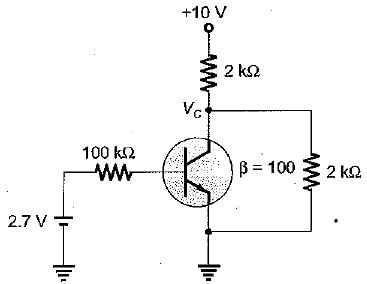
Match List-I (Transistor configuration) with List-ll (Applications) and select the correct answer using the codes given below the lists:
List-I
A. Common emitter
B. Common base
C. Common collector
List-ll
1. For impedance matching
2. For high frequency circuits
3. For audio frequency circuits
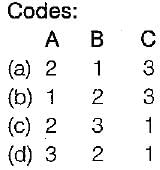
Assertion (A): the dependency of base width on collector to emitter voltage is known as the “Early effect”.
Reason (R): Due to “Early effect”, α of the .transistor is increased by a larger value while maintaining a constant value of β.
In forward mode n-p-n BJT, if we increase the voltage Vcc, the collector current increases
An emitter follower has high input impendance because



